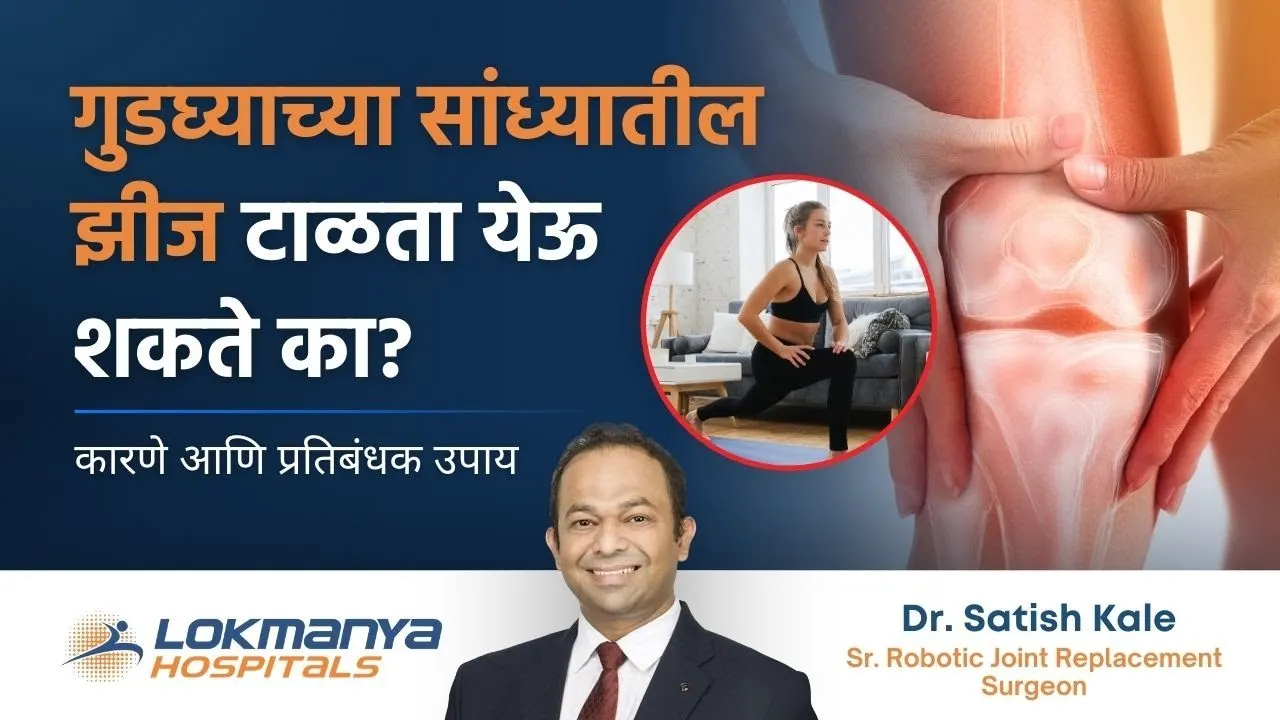Preventing Disc Bulge: Expert Advice by Dr. Amol Salvi By Lokmanya Hospital
Category: Physiotherapy
Introduction
Disc bulge is a growing concern among people, especially those with sedentary jobs. In a recent session, Dr. Amol Salvi, a physiotherapist at Lokmanya Hospital, shared effective exercises and positions that can help prevent disc-related issues. The video focuses on simple, practical techniques to reduce spinal pressure and promote back health.
Understanding the Root Cause
According to Dr. Salve, prolonged sitting puts increased pressure on the spine, particularly at the back. Naturally, the spine has a forward curvature that ensures disc pressure remains at the front. However, when we sit for long hours, this curve is lost, causing disc pressure to shift backward. This backward pressure can affect spinal nerves, joints, the spinal cord, and even the spinal canal—leading to pain.
Micro Tears and Pain
Dr. Salve explained that backward disc pressure can cause small micro annular tears. These tears often go unnoticed as discs don’t have nerve endings. However, over time, they can lead to significant discomfort and mobility issues.
Exercise 1: McKenzie Exercise
The first recommended exercise is the McKenzie Exercise, a well-known technique in physiotherapy. In this exercise:
- Lie on your stomach.
- Keep your arms at your sides for support.
- Push your upper body upward, looking forward.
Doing 10 repetitions of this daily helps push the disc pressure forward again, reducing strain on the spinal nerves.
Exercise 2: Cushion Under the Shoulder
The second position involves placing a cushion under the shoulders while lying on the stomach.
- This helps push the disc pressure forward.
- Deep breathing in this position promotes spinal expansion and reduces upper back stress.
Exercise 3: Cat and Camel Pose
The third recommended exercise is the Cat and Camel Pose, commonly used to improve spinal mobility.
- Get on your hands and knees.
- In the Camel position, push your stomach upward to create a spinal curve.
- Then transition to the Cat position, pushing your stomach downward for complete extension.
These movements enhance spinal flexibility and reduce disc pressure.
Final Advice
Dr. Salve emphasizes that these exercises are beneficial for both those wanting to prevent disc bulge and those already experiencing symptoms. For personalized guidance and advanced physiotherapy techniques, individuals are encouraged to visit Lokmanya Hospital and consult expert physiotherapists.
FAQs
1. Who can perform these exercises?
Anyone, whether they want to prevent or are already dealing with disc bulge, can perform these exercises.
2. How many repetitions of the McKenzie Exercise should be done?
Dr. Salve suggests 10 repetitions at a time, ideally done in three sets after work.
3. What is the role of cushions in the second exercise?
A cushion under the shoulders helps shift disc pressure forward and ease upper back tension.
4. How does deep breathing help in spinal health?
Deep breathing during the second position helps open up the spine and reduce pressure.
5. Is the Cat and Camel Pose safe for beginners?
Yes, it is a gentle exercise designed to improve spine mobility and can be safely done by most people.
6. Are these exercises a replacement for physiotherapy?
While helpful, they do not replace professional physiotherapy and expert consultation.
7. How can I get personalized help?
Visit Lokmanya Hospital or comment on their platform for further guidance and expert support.
Previous blog






